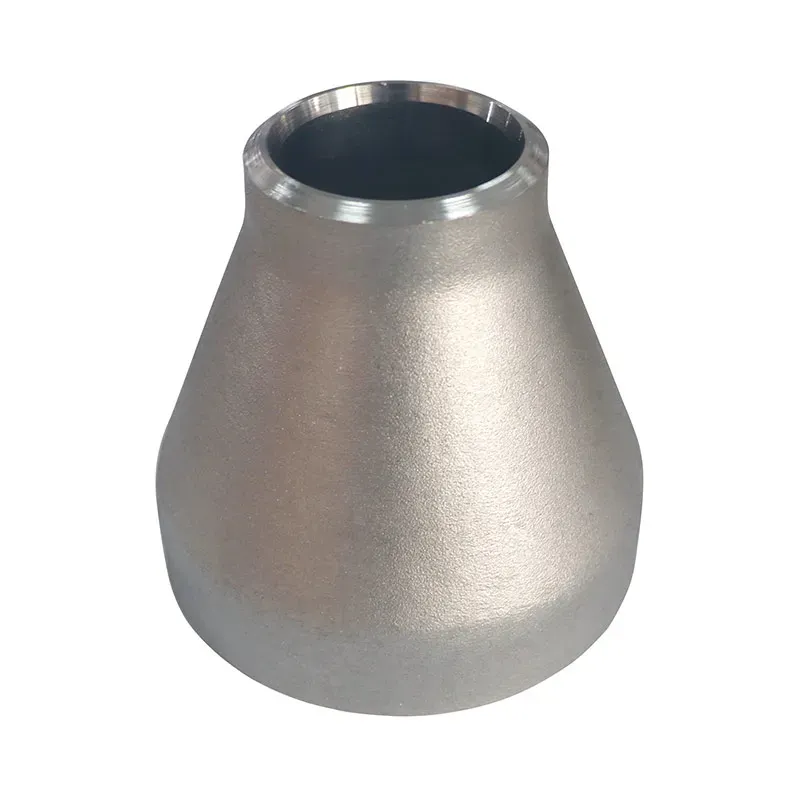-
Cangzhou Yulong Steel Co., Ltd.
-
Phone:
+86 13303177267 -
Email:
admin@ylsteelfittings.com
- English
- Arabic
- Italian
- Spanish
- Portuguese
- German
- kazakh
- Persian
- Greek
- French
- Russian
- Polish
- Thai
- Indonesian
- Vietnamese
- Zulu
- Korean
- Uzbek
- Hindi
- Serbian
- Malay
- Ukrainian
- Gujarati
- Haitian Creole
- hausa
- hawaiian
- Hebrew
- Miao
- Hungarian
- Icelandic
- igbo
- irish
- Japanese
- Javanese
- Kannada
- Khmer
- Rwandese
- Afrikaans
- Albanian
- Amharic
- Armenian
- Azerbaijani
- Basque
- Belarusian
- Bengali
- Bosnian
- Bulgarian
- Catalan
- Cebuano
- China
- China (Taiwan)
- Corsican
- Croatian
- Czech
- Danish
- Esperanto
- Estonian
- Finnish
- Frisian
- Galician
- Georgian
- Kurdish
- Kyrgyz
- Lao
- Latin
- Latvian
- Lithuanian
- Luxembourgish
- Macedonian
- Malgashi
- Malayalam
- Maltese
- Maori
- Marathi
- Mongolian
- Myanmar
- Nepali
- Norwegian
- Norwegian
- Occitan
- Pashto
- Dutch
- Punjabi
- Romanian
- Samoan
- Scottish Gaelic
- Sesotho
- Shona
- Sindhi
- Sinhala
- Slovak
- Slovenian
- Somali
- Sundanese
- Swahili
- Swedish
- Tagalog
- Tajik
- Tamil
- Tatar
- Telugu
- Turkish
- Turkmen
- Urdu
- Uighur
- Welsh
- Bantu
- Yiddish
- Yoruba

Aug . 05, 2024 13:05 Back to list
Exploring Techniques and Best Practices for Efficient Welding of 7018 Welding Rods and Pipes
Understanding 7018 Pipe Welding Techniques and Applications
Welding, a technique that joins materials together, is critical in numerous industries, especially in the construction and manufacturing of pipelines. One of the most preferred welding rods for pipe welding is the 7018 electrode. This article aims to explore the characteristics, advantages, and techniques associated with 7018 pipe welding.
What is 7018 Welding?
The 7018 electrode is a low hydrogen, iron powder, all-position electrode that is widely used in the arc welding process. The numbers in 7018 denote specific properties the 70 indicates a minimum tensile strength of 70,000 psi, while the 18 refers to the acceptable level of weld metal impact toughness at the specified temperature. The 0 indicates that the electrode is suitable for all positions — flat, horizontal, vertical, and overhead.
Properties of 7018 Electrodes
The 7018 welding electrode is favored for its excellent properties. It generates a smooth, stable arc and produces welds that are strong and ductile. The low-hydrogen nature of the electrode helps in minimizing the risk of cracking in the weld, which is crucial when working with thick metal sections or critical applications, such as pipelines carrying gas or liquids.
Furthermore, 7018 electrodes come with a flux coating that protects the weld pool from atmospheric contamination. This is particularly important for pipe welding, where impurities can lead to defects, compromising the integrity of the pipeline.
Techniques for Effective 7018 Pipe Welding
When it comes to pipe welding with 7018 electrodes, several techniques enhance the quality of the weld.
7018 pipe welding

1. Preparation Proper preparation of the pipe surfaces is essential. This involves cleaning the base material to remove rust, dirt, and grease. Ensuring that the edges are beveled can improve penetration and help achieve a stronger joint.
2. Welding Settings Adjusting the welding machine to the appropriate amperage is crucial. Typically, a range of 70 to 90 amps is a good starting point for 7018 rods, but this can vary based on the thickness of the material being welded.
3. Travel Speed and Angle The travel speed must be controlled to ensure adequate heat is applied to the base materials for effective fusion. Additionally, maintaining a correct angle of the electrode can help in achieving the desirable penetration and bead appearance.
4. Stringer Beads vs. Weave Patterns Depending on the thickness of the material and the joint configuration, welders may choose to use stringer beads (straight linear passes) for thinner sections or weave patterns for thicker sections, which can help distribute heat more evenly.
5. Interpass Temperature Monitoring the interpass temperature is important to avoid hydrogen absorption which can lead to cracking. Keeping the workpiece within a suitable temperature range can enhance the weld quality.
Applications of 7018 Pipe Welding
The versatility and strength of 7018 welding make it suitable for a variety of applications, especially in industries such as oil and gas, chemical processing, and power generation. It is often used for welding carbon steels, low-alloy steels, and structural steels, making it a go-to choice for fabricating large-diameter pipes, pressure vessels, and tanks that require reliable performance under demanding conditions.
In conclusion, 7018 pipe welding represents a critical aspect of joining materials in industrial applications. Understanding the properties, techniques, and best practices associated with 7018 electrodes can significantly enhance the quality and durability of welds, ensuring the safe and efficient operation of pipelines in various sectors. As industries continue to evolve, the importance of mastering welding techniques such as 7018 will remain a fundamental skill for welders worldwide.
Latest news
-
ANSI 150P SS304 SO FLANGE
NewsFeb.14,2025
-
ASTM A333GR6 STEEL PIPE
NewsJan.20,2025
-
ANSI B16.5 WELDING NECK FLANGE
NewsJan.15,2026
-
ANSI B16.5 SLIP-ON FLANGE
NewsApr.19,2024
-
SABS 1123 FLANGE
NewsJan.15,2025
-
DIN86044 PLATE FLANGE
NewsApr.19,2024
-
DIN2527 BLIND FLANGE
NewsApr.12,2024
-
JIS B2311 Butt-Welding Fittings LR/SR 45°/90° /180°Seamless/Weld
NewsApr.23,2024











